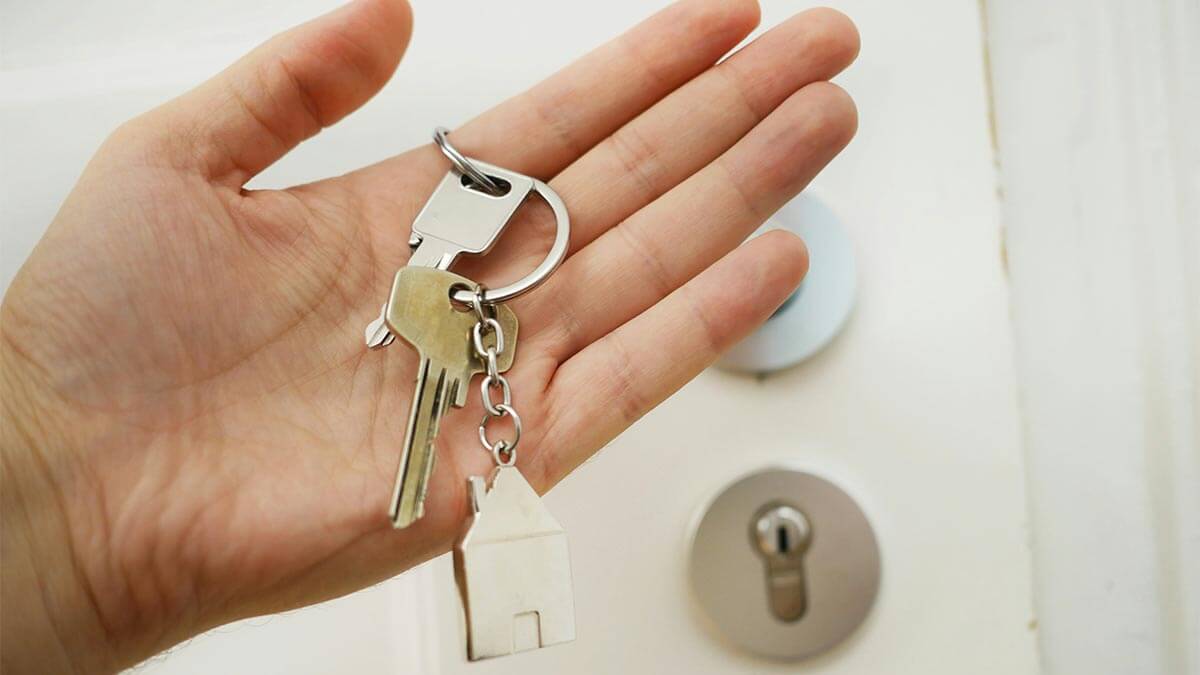On a plumbing job site, every minute is precious. Delays caused by faulty parts or having to redo work chip away at your profitability. Even worse, a leak that forces you to return to a job not only costs you time but damages your hard-earned reputation. That’s why savvy plumbers and experienced DIYers understand that plumbing fittings are far more than just simple connectors.
Fittings, the elbows, tees, couplings, and adapters that create the network of your plumbing system, are potential weak links. A poorly made fitting, the wrong type for the application, or improper installation can lead to problems long after you’ve left the job site. Choosing the right plumbing fittings is an essential investment in both the efficiency of your project and the long-term reliability of the system you install.
When Plastic IS the Right Choice
While metal pipe and fittings remain the standard in many plumbing applications, plastic plumbing fittings offer distinct advantages that make them the smart choice in a variety of situations. Obviously, cost is often a factor, but plastic fittings also boast impressive speed of installation, which translates to saving time on the job site. In environments where corrosive chemicals are present, or in outdoor installations, the corrosion resistance of plastic gives it a significant edge over metal. Additionally, the smooth interior of plastic fittings can sometimes result in better flow characteristics compared to metal, particularly in older systems where mineral buildup may have roughened the inside of the pipes.
It’s important to note that not all plastic plumbing is created equal. PVC (white) is the most common, suitable for cold water lines. CPVC (cream-colored) can handle the higher temperatures of hot water supply lines. ABS (black) is primarily used for drain, waste, and vent (DWV) applications. Always consult local plumbing codes to ensure you’re choosing the correct material for your specific project.
Lasco is a well-established name in the plumbing industry, and for good reason. Lasco plastic plumbing pipe fittings are known for their reliability and their wide range of options. Whether you’re working with PVC, CPVC, ABS, or even more specialized materials like PEX, Lasco likely offers the fittings you need in a variety of sizes and configurations.
Beyond Basic Compression
Compression fittings remain a popular choice, particularly for DIY plumbing repairs, due to their simplicity. No special tools are required – just a couple of wrenches. However, it’s important to understand the limitations of compression fittings. Over time, the compression ring inside the fitting can deform, particularly if the fitting is repeatedly loosened and retightened. This compromises the seal and increases the risk of leaks developing down the line.
Push-to-fit connections, such as SharkBite and similar brands, have become increasingly prevalent in recent years. Their primary advantage is speed and ease of installation, especially in cramped spaces where there’s limited room to maneuver wrenches. However, it’s crucial to ensure the pipe is cut cleanly and any burrs are removed before inserting it into a push-to-fit fitting. Failure to properly prep the pipe can prevent the internal O-ring from forming a complete seal.
When it comes to creating a permanent, leak-proof joint, solvent weld fittings remain the gold standard. By chemically fusing the pipe and fitting together, solvent welding creates a bond that is often stronger than the pipe itself. However, this method demands precision. The pipe and fitting must be properly cleaned and primed, and the solvent cement applied correctly. Due to the potential for mishaps, solvent welding is best reserved for those with experience and for situations where the connection will be inaccessible once completed, such as inside walls.
The Check Valve Plumbing Advantage
Check valves might seem like an obscure plumbing component, but they play a vital role in preventing a problem known as backflow. In the simplest terms, a check valve plumbing system acts as a one-way door for fluids. They allow water or other liquids to flow freely in one direction but snap shut if the flow attempts to reverse. This seemingly simple function has wide-ranging applications. In a sump pump system, a check valve prevents water from flowing back down into the sump pit once the pump has turned off. In irrigation systems, check valves help maintain pressure and stop water from draining back towards the source.
Backflow isn’t merely an inconvenience; in some situations, it poses a serious health hazard. If contaminated water from a sump pump, irrigation line, or other non-potable source is able to flow back into the drinking water supply, the consequences can be severe. That’s why building codes often mandate the installation of check valves in specific scenarios.
There are several types of check valves, each with its own advantages and best use cases. Swing check valves are a simple and reliable design commonly found in sump pump applications. Spring check valves offer a faster response and can be installed in various orientations. For higher pressure systems or when preventing even the slightest backflow is critical, ball check valves or double check valves may be the more suitable choice.
Where to Source
While big-box home improvement stores offer a basic selection of plumbing fittings, serious plumbers and dedicated DIYers know there are better options for sourcing the parts they need. General hardware stores often carry only the most common sizes and types of fittings and may not stock the full range of Lasco plumbing fittings or more specialized brands.
For professionals, establishing a relationship with a plumbing trade supplier is essential. Trade suppliers offer better pricing on bulk purchases, which is crucial for keeping your material costs down. They also tend to carry a broader inventory, including specialized parts like sanitary hose fittings, adapters, and valves. This saves you the frustration of hunting all over town for that one elusive part and lets you focus on getting the job done.
While online retailers can be a convenient source for some plumbing supplies, there are times when you simply can’t beat the in-person experience of a well-stocked plumbing supply store. If you’re troubleshooting a leak in an older system with an unusual fitting or need help identifying a specific valve, being able to bring the problem part in with you and consult with knowledgeable staff is invaluable.
Conclusion
When choosing plumbing fittings, it’s tempting to focus solely on the immediate cost. However, experienced plumbers understand that the cheapest fitting on the shelf can often end up being the most expensive in the long run. A failed fitting that leads to a leak not only forces you to redo the work but can also cause costly water damage. The potential hit to your reputation from a callback is harder to quantify but equally damaging to your business.
Choosing quality fittings like those from Lasco, and taking the time to install them correctly, is an investment in the durability of your plumbing projects and your peace of mind. While there’s always a place for the most budget-friendly option for a quick temporary fix, thinking long-term will save you both time and money down the road.
































